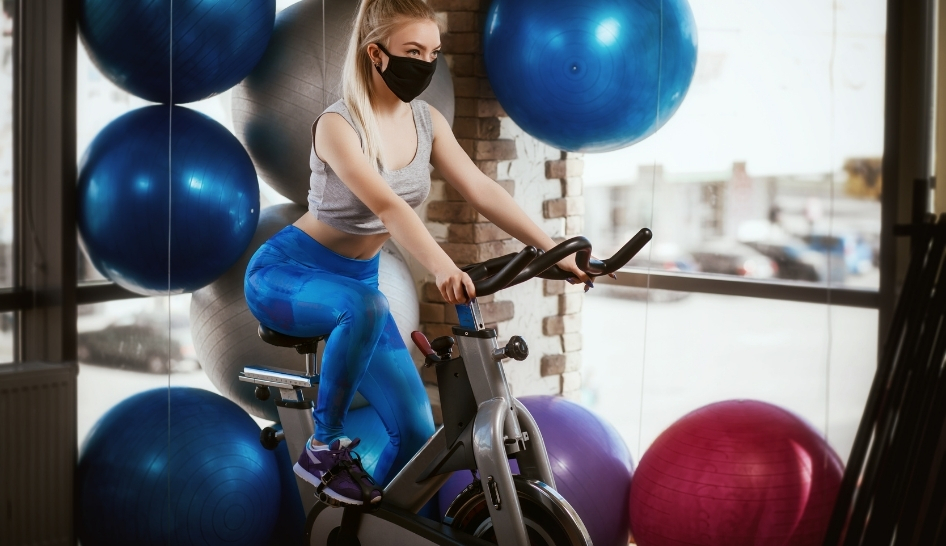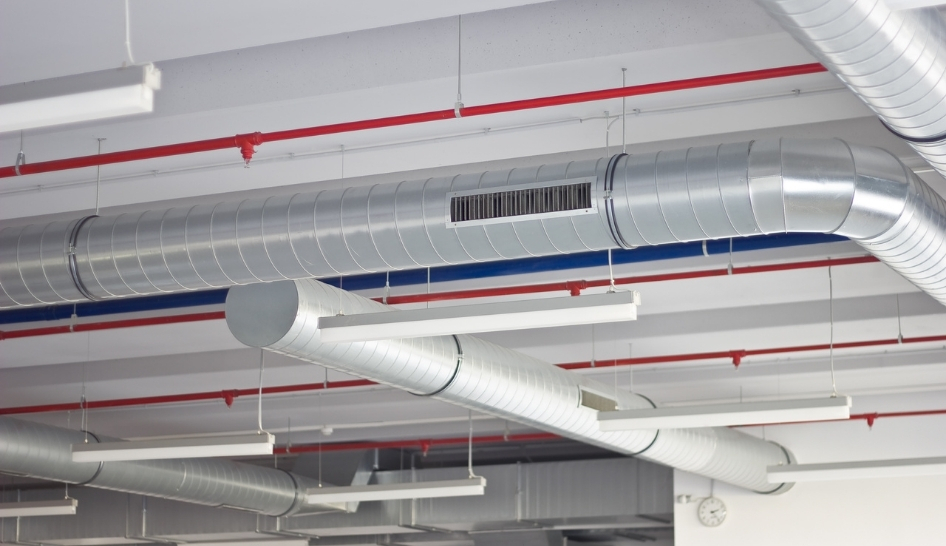The club in Hamilton was following local safety protocols, some of which include:
- Extensive and frequent cleaning using hospital-grade solution, and sanitizing wipes for members to use on their equipment.
- Temperature checks and screening prior to class attendance.
- Mask policy requiring face coverings upon entering and leaving the studio and walking to one’s bike. A person could only remove their mask once on their bike and ready for class.
- Floor markings and arrival and departure policies to facilitate social distancing.
- Limited capacity operation—studios were at 50% capacity with 21 bikes instead of 43.
It is unclear from the club’s Return to Ride safety protocols whether or not the facility had implemented any enhanced safety measures with regard to their HVAC system.
Despite these measures, an outbreak occurred, highlighting just how challenging these superspreading events can be to predict and prevent.
What We Know about COVID-19 Transmission
Early in the pandemic, superspreader events were a primary driver of COVID-19 transmission, with evidence from Hong Kong, Israel, and London suggesting between 1-19% of people were responsible for 80% of COVID-19 transmission. More recently, small social gatherings seem to be driving spread.
Superspreader events are uncommon, unpredictable, and can happen in any venue, from a meeting of Biotech leaders to the White House Rose Garden.
Events with large spread are facilitated by a couple of factors occurring simultaneously: a highly infectious person coming into contact with a large number of people during the period at which they are most contagious. According to one non-peer-reviewed preprint, this period occurs for a half-day to one day period two to six days after infection.
Asymptomatic and pre-symptomatic transmission of disease also play a key role. That infectivity starts 5-6 days prior to symptom onset and peaks as symptoms emerge means highly infectious people are often most contagious before they even realize they are sick.
Health clubs have been open around the world for months, and have not seen a large outbreak in traditional fitness centers. Before this event, the Hamilton studio had also been open for several months without any cases. Evidence from several states’ contact tracing, a CDC case control study, and industry check in data point to the fact that health clubs are, for the most part, not a primary driver of COVID-19 spread.
Key Measures to Help Prevent Airborne Spread of COVID-19
Despite the challenges of predicting superspreading events like this one, there are still measures businesses can take to reduce the risk of COVID-19 transmission, especially in light of continued evidence suggesting airborne spread. According to the WHO, “A well-maintained and operated [HVAC] system can reduce the spread of COVID-19 in indoor spaces by increasing the rate of air change, reducing recirculation of air and increasing the use of outdoor air.”


